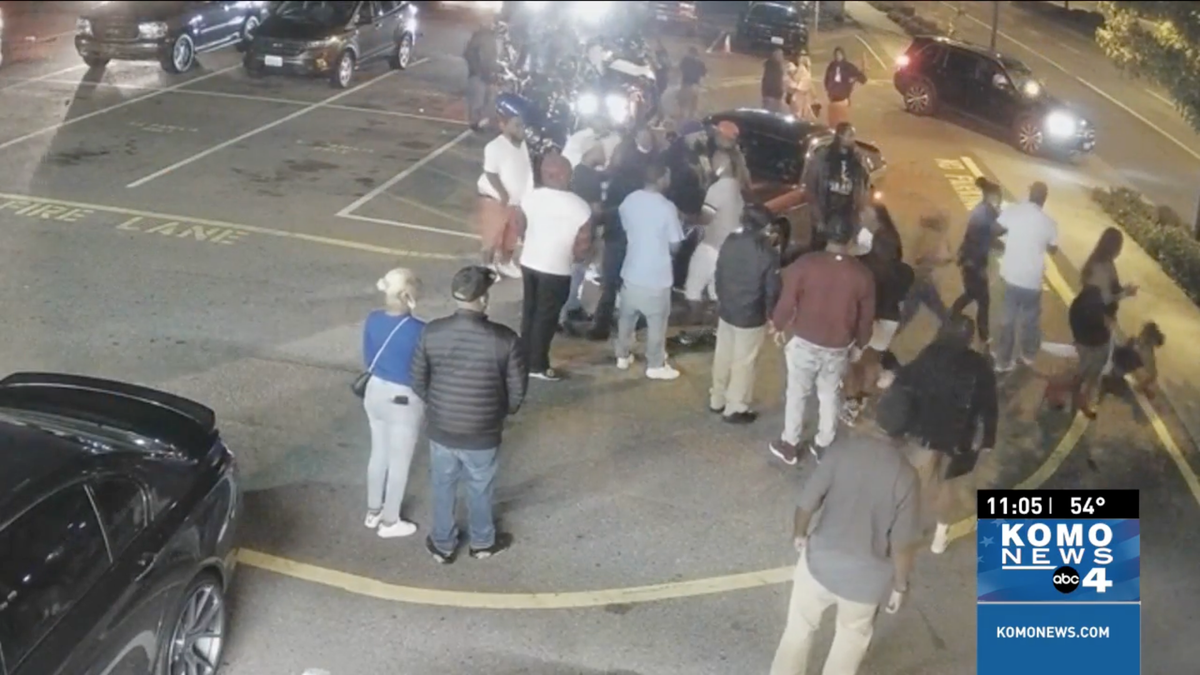A judge in Washington state has blocked video evidence that’s been “AI-enhanced” from being submitted in a triple murder trial. And that’s a good thing, given the fact that too many people seem to think applying an AI filter can give them access to secret visual data.



What you are showing is (presumably) a modified visualisation of existing data. That is: given a photo which known lighting and lens distortion, we can use math to display the data (lighting, lens distortion, and input registered by the camera) in a plethora of different ways. You can invert all the colours if you like. It’s still the same underlying data. Modifying how strongly certain hues are shown, or correcting for known distortion are just techniques to visualise the data in a clearer way.
“Generative AI” is essentially just non-predictive extrapolation based on some data set, which is a completely different ball game, as you’re essentially making a blind guess at what could be there, based on an existing data set.
Here’s your error. You yourself are contradicting the first part of your sentence with the last. The guess is not “blind” because the prediction is based on an existing data set . Looking at a half occluded circle with a model then reconstructing the other half is not a “blind” guess, it is a highly probable extrapolation that can be very useful, because in most situations, it will be the second half of the circle. With a certain probability, you have created new valuable data for further analysis.
But you are not reporting the underlying probability, just the guess. There is no way, then, to distinguish a bad guess from a good guess. Let’s take your example and place a fully occluded shape. Now the most probable guess could still be a full circle, but with a very low probability of being correct. Yet that guess is reported with the same confidence as your example. When you carry out this exercise for all extrapolations with full transparency of the underlying probabilities, you find yourself right back in the position the original commenter has taken. If the original data does not provide you with confidence in a particular result, the added extrapolations will not either.
And then circles get convictions so even if the model did somehow start off completely unbiassed people are going to start feeding it data that weighs towards finding more circles since a prosecution will be used as a ‘success’ to feed back into the model and ‘improve’ it.
Looking at a half circle and guessing that the “missing part” is a full circle is as much of a blind guess as you can get. You have exactly zero evidence that there is another half circle present. The missing part could be anything, from nothing to any shape that incorporates a half circle. And you would be guessing without any evidence whatsoever as to which of those things it is. That’s blind guessing.
Extrapolating into regions without prior data with a non-predictive model is blind guessing. If it wasn’t, the model would be predictive, which generative AI is not, is not intended to be, and has not been claimed to be.